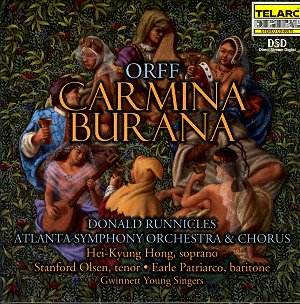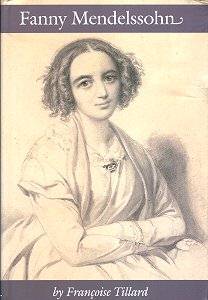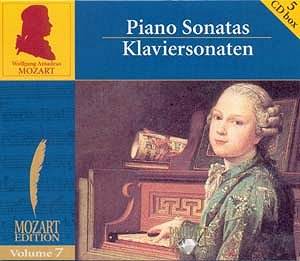 Composer: Carl Orff
Composer: Carl Orff
Works: Carmina Burana
Performers: Hei-Kyung Hong, soprano; Stanford Olsen, tenor; Earle Patriarco, baritone; Gwinnett Young Singers/Lynn Redmon; Atlanta Symphony Orchestra and Chorus/Donald Runnicles
Recording: Rec Symphony Hall, Woodruff Arts Center, Atlanta, Georgia, 4-5 November 2000
Label: TELARC CD-80575
Carl Orff’s Carmina Burana, composed in 1936, has become a staple of the concert repertoire, despite its controversial origins and the ideological baggage it inadvertently carries. Rooted in the medieval texts of the 13th century, Orff’s cantata encapsulates the primal joys and sorrows of life, rendered through a vibrant orchestration that marries a contemporary sensibility with historical themes. This recording conducted by Donald Runnicles, featuring a robust assembly of soloists and a dynamic chorus, aims to revive the piece’s raw energy while navigating its complex legacy.
Runnicles’ interpretation is marked by a keen understanding of Orff’s dramatic intentions. The tempos are judiciously chosen, allowing the rhythmic vitality to surge without sacrificing clarity. The Atlanta Symphony Orchestra, known for its polished sound, executes the score with precision, yet at times, this immaculate execution lacks the visceral punch that can elevate the music from merely competent to transcendent. One can observe this in the opening “O Fortuna,” where the orchestral forces, while formidable, seem to hold back from unleashing the full ferocity of the score. The percussion, which should introduce an overwhelming sense of fate, occasionally feels too restrained, lacking the visceral impact found in performances by conductors like Eugen Jochum, whose interpretations are often heralded for their dramatic flair.
The soloists contribute significantly to the recording’s character. Hei-Kyung Hong’s soprano shines in “In trutina,” where her lyrical phrasing and emotional depth resonate beautifully. However, Stanford Olsen’s tenor struggles slightly with the demanding leaps in “Olim lacus colueram,” lacking the effortless high notes that define the piece’s dramatic climax. Earle Patriarco, while a capable baritone, does not command the stage with the gravitas one might expect in “Estuans interius.” The soloists perform admirably yet do not reach the interpretative heights that distinguish the most memorable renditions.
The chorus, featuring the Gwinnett Young Singers under the direction of Lynn Redmon, is vibrant and spirited, infusing the performance with youthful energy. Their mastery of the authentic 13th-century pronunciation adds an intriguing layer of historical authenticity. Nonetheless, it may be argued that this approach, while academically commendable, risks overshadowing the work’s emotive core, which thrives on a modern interpretation that speaks to contemporary sensibilities rather than an archaeological reconstruction.
Sound quality is a notable aspect of this recording, with TELARC’s engineering delivering a crystal-clear balance between orchestra and soloists. However, some listeners may find the mixing choices, such as the pronounced placement of the French horn, somewhat distracting. The clarity is commendable, yet the overall balance sometimes feels artificially constructed, detracting from the immersive experience that Carmina Burana can provide in live performance.
The performance by Runnicles and his forces offers a solid, if not groundbreaking, interpretation of Orff’s masterwork. While it is certainly enjoyable and meticulously executed, it does not quite ascend to the heights reached by other renowned recordings. The nuances and dramatic tensions inherent in Carmina Burana demand a level of interpretative insight and emotional engagement that, while present, is not fully realized here. This recording stands as a commendable addition to the catalogue, but it may not serve as the definitive version for those seeking a truly electrifying experience of Orff’s exuberant creation.



